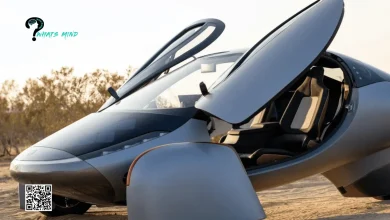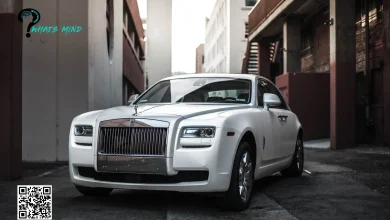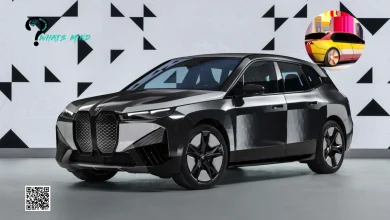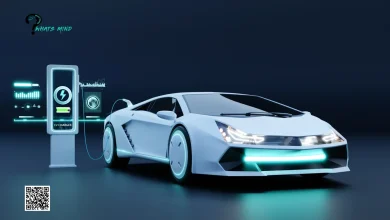The Futuristic Appeal of ‘Black Mirror’: Cars Envisioning the Future
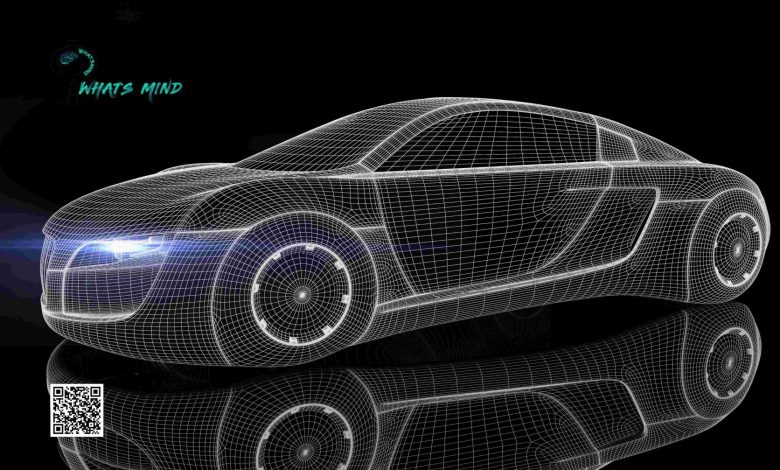
In a world where technology is increasingly transforming our lives, the futuristic automotive visions offered in the critically acclaimed series ‘Black Mirror’ provide a tantalizing view into what may be just around the corner. These portrayals not only challenge our existing views of automotive technology but also inspire us to rethink the future of mobility for car fanatics and series fans alike.
Interestingly, some concepts presented in ‘Black Mirror‘ are not mere flights of fancy. They echo real-world advancements in automotive technology. For example, the autonomous vehicles depicted in episodes like ‘Crocodile’ and ‘Hated in the Nation’ are reminiscent of the self-driving cars currently in development.
This parallel between fiction and reality blurs the lines, creating a compelling narrative for what the future of cars might hold. For those eager to explore the world of car auctions, especially in the bustling hub of New York,NYC car auctions offer an exciting avenue to discover a diverse range of vehicles that might one day include models inspired by ‘Black Mirror.’
Table of Contents
Autonomous Cars: A ‘Black Mirror’ Reflection
‘Black Mirror’ depictions of self-driving cars frequently go beyond the technology itself, delving into the ethical and societal ramifications. Episodes such as ‘Hated in the Nation’ depict a future in which driverless automobiles are commonplace, prompting concerns about safety, privacy, and human-machine interaction. These topics are related to current concerns about self-driving cars, making the series a timely and thought-provoking reflection of our times.
In keeping with this theme, ‘Black Mirror’ investigates the revolutionary influence autonomous vehicles could have on metropolitan landscapes and societal interactions. As driverless cars become more common, we may witness a shift in how cities are constructed and navigated, with fewer parking places required and maybe more green space.
This growth has the potential to profoundly impact our daily lives, influencing everything from commute habits to how we communicate and interact with our surroundings. The series encourages viewers to evaluate not only the immediate technological changes but also the broader, long-term cultural alterations that could result from the widespread use of self-driving cars.
This part of ‘Black Mirror’ emphasizes the importance of holistic thinking in technology creation, where the consequences extend far beyond the technology itself, embracing urban planning, societal standards, and lifestyle changes.
Electric and Eco-Friendly Vehicles: A Sustainable Vision
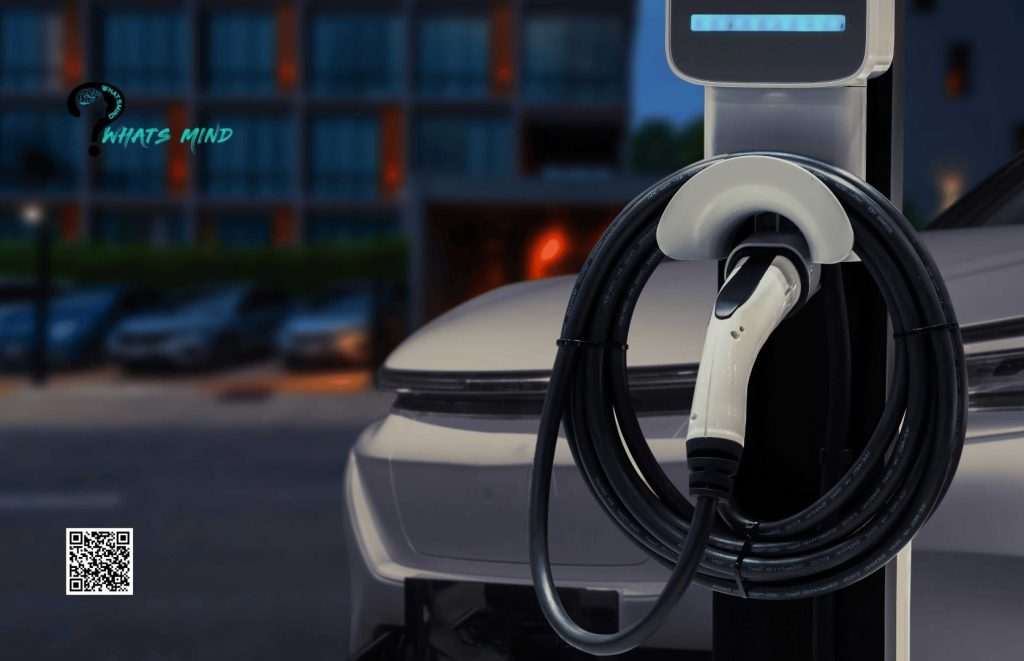
‘Black Mirror’ also capitalizes on the growing trend of environmentally friendly and electric vehicles. The series envisions a future in which sustainable transportation is not simply an option, but a requirement. This is consistent with the growing global emphasis on decreasing carbon footprints and the automobile industry’s transition to electric vehicles. The image of sleek, economical, and environmentally friendly cars in the program offers an optimistic glimpse of a greener, cleaner future.
The widespread adoption of electric and eco-friendly vehicles heralds a major shift in energy consumption patterns and environmental consequences in this envisioned future. ‘Black Mirror’ gently suggests a society in which the integration of renewable energy sources with transportation is seamless, increasing the sustainability of electric vehicles.
This scenario implies a significant shift in global energy infrastructure, away from fossil fuels and toward cleaner, more efficient energy options such as solar or wind power. A transformation like this would not only improve the environment but would also change the economic dynamics of the energy and transportation industries.
As a result, the show broadens its narrative to cover the potential ramifications of adopting sustainable vehicles, including changes in energy regulations, market structures, and even geopolitical relations as nations adapt to and lead in this new era of environmentally conscious mobility.
Advanced Connectivity and AI Integration
The series frequently displays cars with enhanced connectivity and AI integration, implying that vehicles could become more than just a mode of transportation. These vehicles are portrayed as sentient companions capable of recognizing and responding to the wants of their occupants. With the integration of AI in current cars, this concept is progressively becoming a reality, providing individualized experiences and increased safety features.
Based on this premise, ‘Black Mirror’ investigates the broader consequences of such interconnection, in which cars become active players in a larger networked environment. This integration goes beyond individual vehicles, implying a future in which cars communicate with one another, infrastructure, and even city management systems to improve traffic flow, reduce congestion, and improve emergency response.
A more holistic approach to connection may result in smarter cities in which transportation systems are not isolated but rather part of a bigger, more efficient urban organism. In this imagined society, AI’s role extends beyond delivering comfort and convenience to passengers, becoming a crucial component of urban planning and management.
This layer of connectivity reimagines the role of vehicles in society, implying a future in which automobiles are more than just instruments for transportation, but also essential nodes in a linked, intelligent urban fabric.
The Ethical Quandaries of Future Cars
‘Black Mirror’s’ study of the ethical quandaries created by modern technology is one of its most captivating parts. The series encourages viewers to ponder the implications of technologies such as self-driving cars. It raises concerns about liability in the event of an accident, the potential loss of driving skills, and the consequences of handing over control to machines. These ethical questions are critical as we head toward a future dominated by self-driving cars.
Expanding on these quandaries, ‘Black Mirror’ also sparks a debate on the broader societal impact of such technology, notably in terms of equity and access. The series gently explores the possibility of a chasm between those who can buy these advanced automobiles and those who cannot, emphasizing the risk of deepening socioeconomic disparities.
It promotes awareness about the importance of inclusive policies and innovations that make the benefits of AI-powered vehicles available to all segments of society. Furthermore, as these autonomous vehicles capture large quantities of personal information, the show raises worries about data privacy and security.
This section of the story encourages viewers to consider the balance between technology innovation and individual rights protection, emphasizing the significance of building rigorous frameworks for data governance and ethical AI usage in the automotive industry.
Aesthetics and Design: The Art of Future Cars
Beyond technology, ‘Black Mirror’ is a visual feast with its innovative automotive designs. The series showcases automobiles that are both technologically advanced and visually beautiful, integrating form and function in unique ways. This part of the event corresponds to the automotive industry’s emphasis on developing innovative and visually stunning vehicles.
In addition, ‘Black Mirror’ quietly hints that the evolution of automotive aesthetics may reflect societal ideals and cultural shifts. Because the series frequently depicts futuristic situations in which technology substantially influences lifestyles, the design of automobiles in these worlds reflects more than just style; it expresses society’s attitude and goals.
For example, sleek, minimalistic designs may represent a shift toward efficiency and environmental conscience, but more robust, versatile vehicles may represent a civilization that values variety and durability. This layer of design narrative enables viewers to contemplate how future cars may not just be products of technological advancement, but also artifacts reflecting the cultural and social context of their period.
As a result, the series becomes a canvas for not only displaying futuristic automotive designs but also for communicating larger tales about the progression of society and its ideals.
The Real-World Influence of ‘Black Mirror’
‘Black Mirror’s’ influence extends beyond its fictional world, impacting real-world car design and development. Science fiction serves as a rich source of creative ideas for car makers and designers, and ‘Black Mirror’ serves as a rich source of innovative ideas. This symbiotic interaction between fantasy and reality contributes to the shaping of automobile technology’s future.
Building on this effect, ‘Black Mirror’ catalyzes discussion about the future of transportation among policymakers, technologists, and the general public. The series not only influences the looks and functionality of future vehicles but also sparks critical discussions about the direction and ramifications of automotive innovation.
This participation extends beyond passive viewing to stimulate active discussion about what society wants and expects from the next generation of automobiles. Automobile and technology businesses are thus not just taking cues from the show’s inventive notions, but also from the public reaction and discussions it sparks.
This feedback loop is crucial because it guarantees that future technology development is more aligned with social demands, expectations, and ethical norms. In essence, ‘Black Mirror’ is a one-of-a-kind platform that combines creativity with practical knowledge, pushing the frontiers of how we imagine and construct the future of mobility.
Conclusion: Driving Towards the Future
The visionary portrayal of cars in ‘Black Mirror’ not only entertains but also inspires and challenges us to think about the future of transportation. As we witness the convergence of fiction and reality in automotive technology, it becomes clear that the cars of tomorrow may surpass even the most imaginative predictions of today.
Whether you are a car enthusiast, a tech lover, or a fan of the series, the future of cars as envisioned by ‘Black Mirror’ is an exciting journey worth following.
More from automobile section:
- 2024 Toyota 4runner: What New Features are Coming, Price, and Release Date
- Lexus hybrid cars: Review and Guide
- GLB Mercedes-Benz: Specifications, Interior, Exterior, & Warranty Coverage
For more info visit Whatsmind.com

